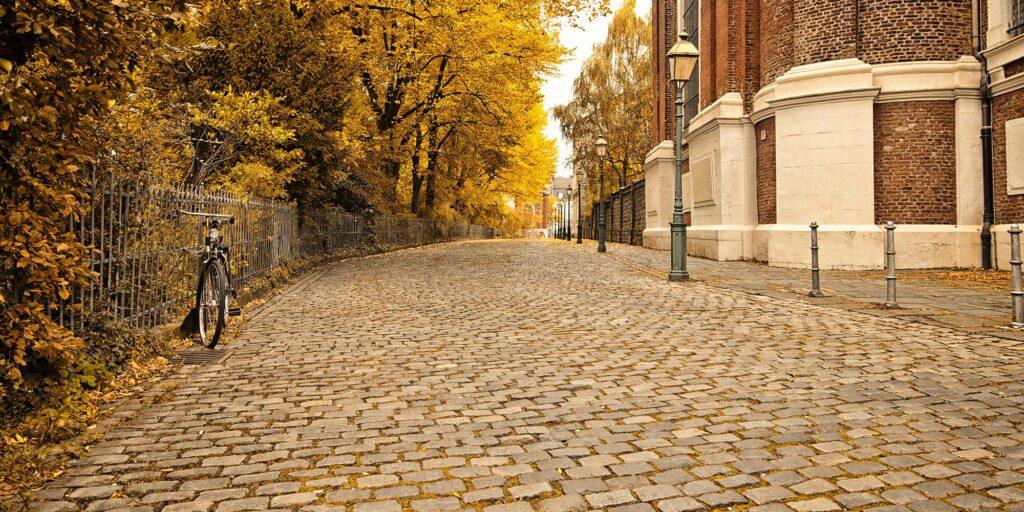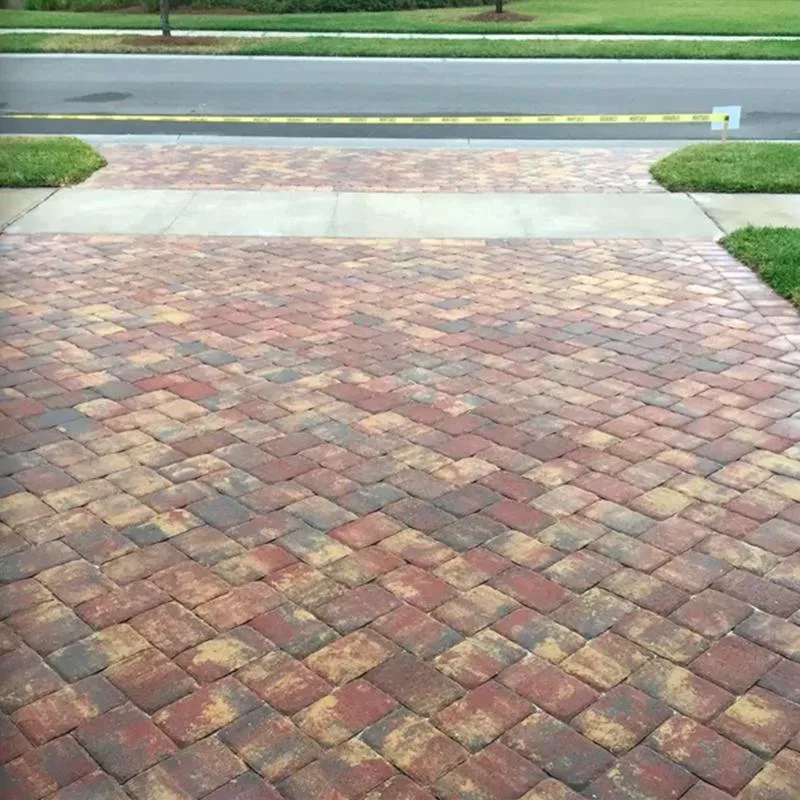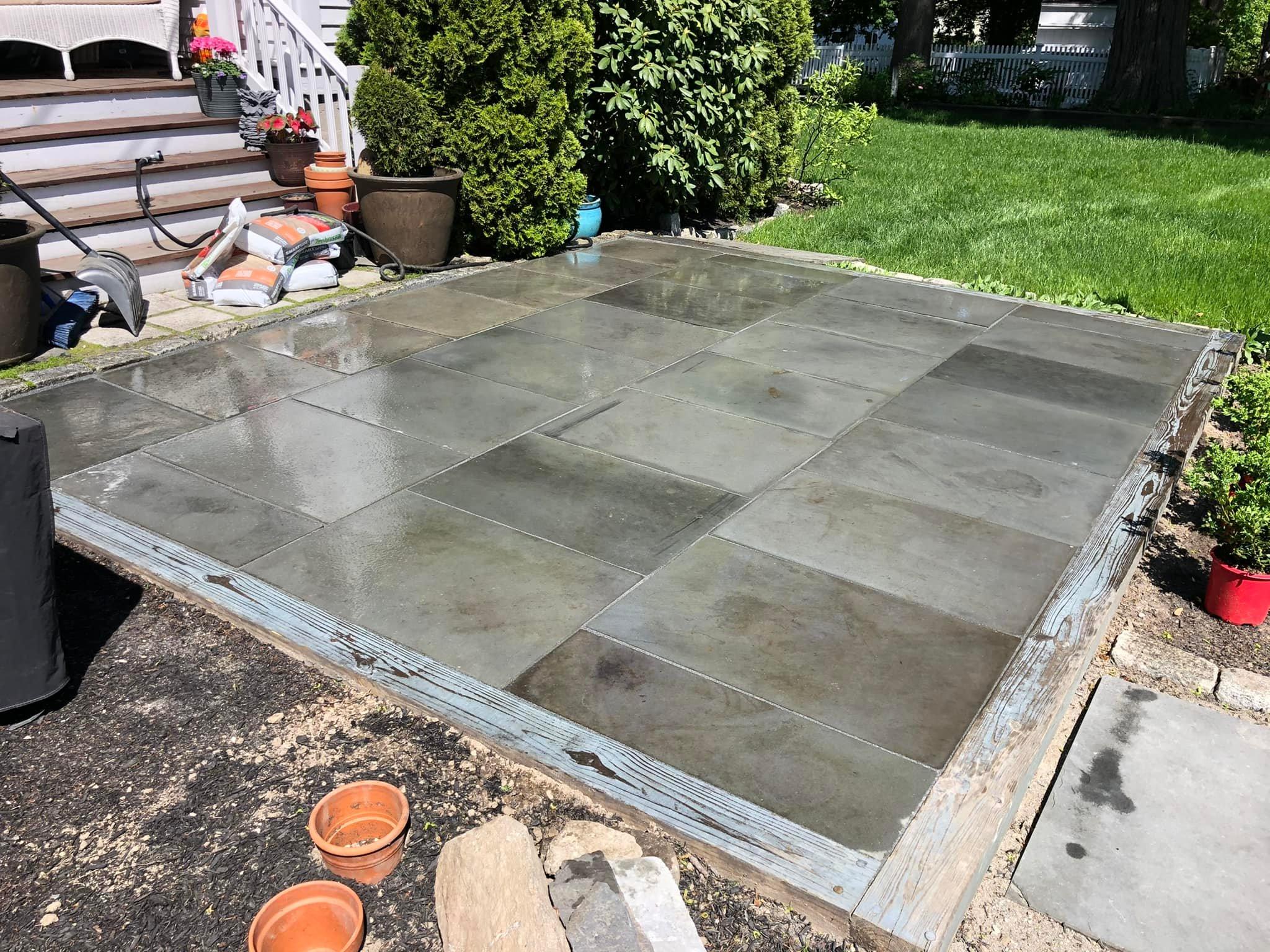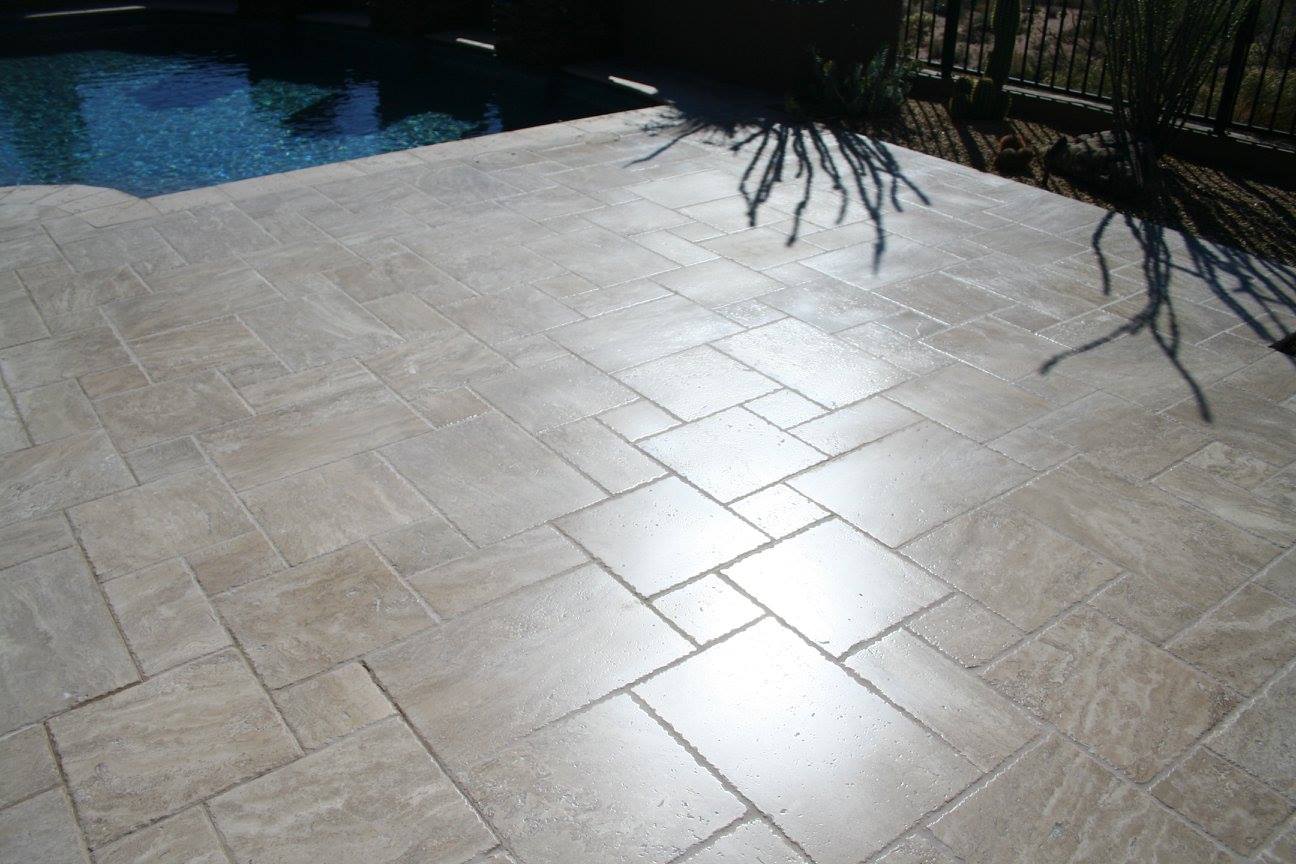Revamp Your Outdoor Space: The Benefits of Paver Sealing for a Fresh Look
As summer approaches, many people are looking to revamp their outdoor spaces and create a welcoming and inviting environment to enjoy with family and friends. From landscaping to furniture placement, there are numerous ways to spruce up your outdoor space. However, one often overlooked aspect of updating an outdoor area is paver sealing. While it may seem like just another chore on your home maintenance list, the benefits of paver sealing go far beyond just protection against wear and tear. In fact, this simple process can completely transform the look of your outdoor space for a fresh new look that will impress all who visit. In this blog post, we will discuss the ins and outs of paver sealing and why it should be at the top of your list for revamping your outdoor space this summer.
What is Paver Sealing and its Benefits?
Paver sealing is a protective coating applied to paver surfaces, such as walkways, driveways, and patios, to shield them from elements like UV rays, rain, and foot traffic. It acts as a barrier, preventing stains, fading, and wear, thus enhancing the lifespan and appearance of your pavers.

But the benefits of paver sealing extend beyond protection. The sealant brings out the rich colors of your pavers, giving them a glossy, vibrant finish that can revitalize the look of your outdoor space. It also inhibits weed growth and ant hills between paver joints, ensuring a cleaner, low-maintenance surface. Furthermore, the sealed surface makes cleaning easier, be it a simple sweep or a rinse. In essence, paver sealing is a valuable investment that enhances the beauty, functionality, and durability of your outdoor space.
Why it’s Important to Seal Your Pavers
Sealing your pavers is critical for maintaining the aesthetics and longevity of your outdoor space. Unsealed pavers are vulnerable to the harsh effects of weather, including sun exposure and rain, which can cause them to fade, chip, or even crack over time. Moreover, unsealed surfaces are prone to staining from spills, dirt, or algae, which can tarnish the appearance of your space. Sealing pavers eliminates these problems, providing a protective shield that locks in the paver’s color and prevents damage from the environment.
Besides physical protection, sealing your pavers also offers functional benefits. A sealed surface is smoother and easier to clean, reducing the time and effort required for maintenance. It also prevents weed growth and ant mounds, preserving the visual appeal and cleanliness of your space. In short, sealing your pavers is an essential step in outdoor space maintenance that offers a host of benefits in improving the appearance, extending the lifespan, and reducing the maintenance requirements of your space. Thus, if you want to keep your outdoor area looking its best, paver sealing is a task you can’t afford to neglect.
Different Types of Paver Sealers
When it comes to choosing a paver sealer, there are primarily two types available – water-based and solvent-based sealers. Each offers unique advantages and has its own set of considerations.
Water-Based Sealers
Water-based sealers are environmentally friendly and easy to apply. They penetrate the paver surface and provide a natural, matte finish that enhances the original color of the pavers without creating a glossy effect. These sealers are breathable, allowing moisture to escape from the pavers, which reduces the risk of white hazing. Since water-based sealers are non-toxic and non-flammable, they are safer to handle and store. However, they might not last as long as solvent-based sealers and may need to be reapplied more frequently.
Solvent-Based Sealers
Solvent-based sealers generally offer a higher level of protection and durability. They create a glossy, wet look that significantly enhances the color and character of the pavers. They have excellent penetration properties and a strong resistance to wear and tear, making them ideal for high-traffic areas. However, these sealers emit strong fumes during application and are flammable, requiring careful handling. They are also less friendly to the environment compared to water-based sealers.
In conclusion, the choice between water-based and solvent-based sealers depends on the look you want to achieve, the level of protection required, and your environmental considerations. It’s always recommended to consult with a professional before making a decision.
A Step-by-Step Guide to Sealing Your Pavers
Let’s dive into the process of sealing your pavers. Here’s a step-by-step guide to help you through it:
Materials Needed
Before you begin, make sure you have the following materials on hand:
Paver sealer (either water-based or solvent-based, depending on your preference)
A long-handled paint roller (for applying the sealer)
A paint tray
A water hose or pressure washer (for cleaning)
A stiff brush
Repair materials (if needed), such as sand and cement
Safety gear (gloves, goggles, and a mask)
Preparation Steps
Cleaning
The first step is to thoroughly clean your pavers. Use a stiff brush to remove any loose dirt and debris. For stubborn stains, you may need to use a pressure washer or a detergent. Ensure the surface is completely clean, as any dirt or stains can get sealed in.
Repairs
After cleaning, inspect your pavers for any necessary repairs. If you find loose or chipped pavers, now is the time to fix them. You can fill in gaps with sand and use cement to secure loose pavers.
Drying
Allow your pavers to dry completely before you begin the sealing process. This should take at least 24 hours, but it may take longer in humid or cold conditions.
Application Process
Safety first: Put on your safety gear before you start applying the sealer.
Prepare the sealer: Pour your chosen sealer into a paint tray.
Application: Using a long-handled roller, apply the sealer evenly across the pavers. Ensure you cover all areas, including the sides of the pavers and the joints. It’s better to apply two thin coats than one thick one.
Drying: Allow the sealer to dry completely. This will typically take 24-48 hours, but check the instructions on your specific product to be sure.
Second coat: Once the first coat is dry, apply a second coat if necessary. Repeat the drying process.
Finishing: Once the sealer is completely dry, your pavers are now sealed and should look fresh and vibrant.
Remember, proper maintenance can extend the lifespan of your sealed pavers. Regular cleaning and timely reapplication of sealer can ensure your outdoor space continues to look its best for years to come.
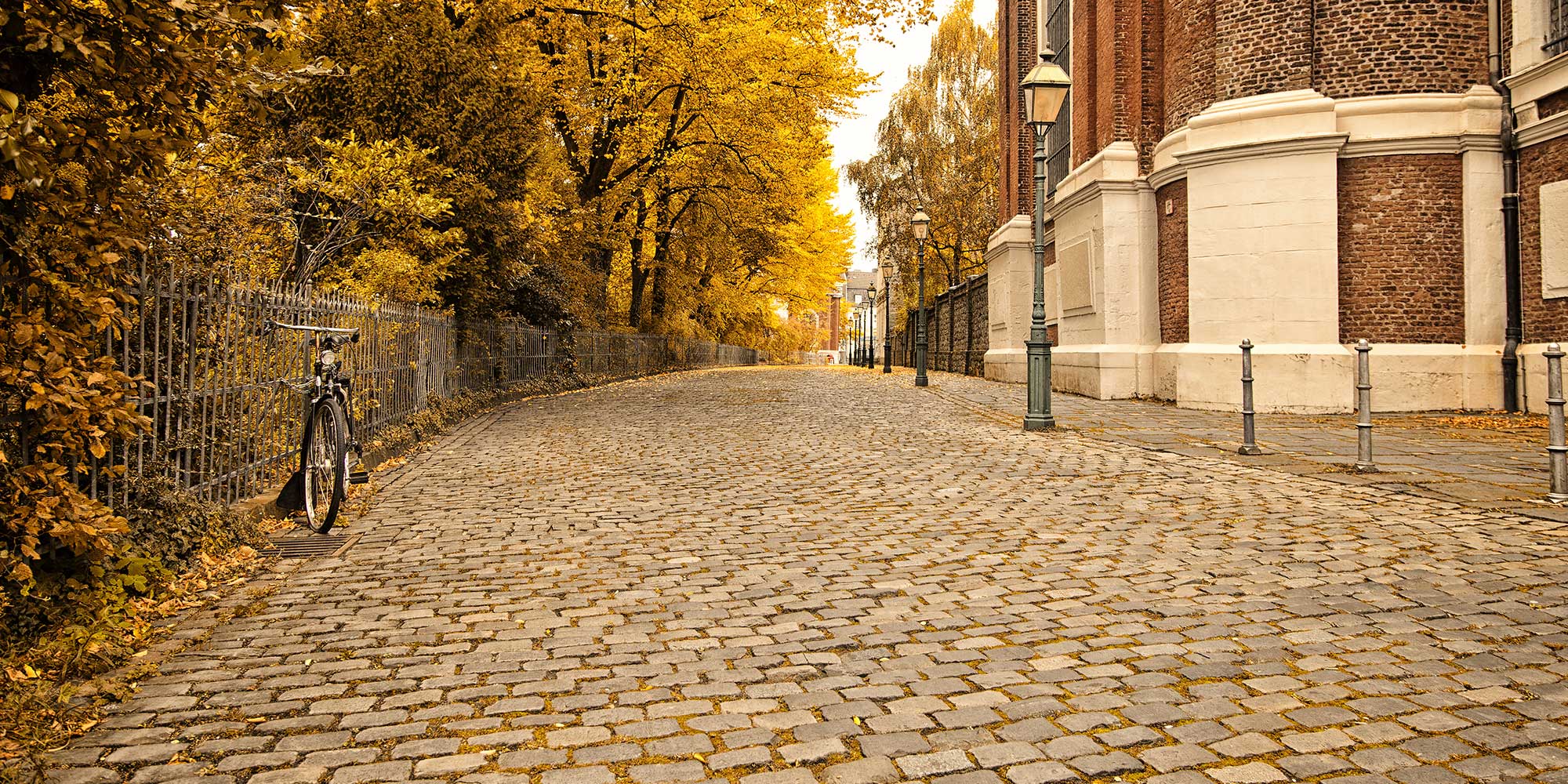
Cost-Effective Tips for Sealing Your Pavers
DIY vs Hiring Professionals
Undertaking the sealing process yourself can save a significant amount of money. Although it may seem daunting, the process is not too complex if you follow the proper steps. On the other hand, hiring professionals comes with the assurance of a job well done, without any hassle. However, professional services can be costly. If you choose to DIY, familiarize yourself with the process and take your time to ensure a quality job. If you opt for professional services, it’s worth getting multiple quotes to ensure you’re getting the best price.
Tips for Saving Money on Materials
Bulk Buying: Consider purchasing your materials in bulk. Sealers, sand, and cement are often cheaper when bought in larger quantities. Plus, you’ll have extra materials on hand for future maintenance.
Comparative Shopping: Price can vary significantly between brands and suppliers. Check prices at different stores and online to ensure you’re getting the best deal.
Recycling: Save your paint trays and rollers for future use. Clean them thoroughly after use and store them properly.
Sales and Discounts: Keep an eye out for sales or discounts at home improvement stores, especially during holiday periods. Signing up for newsletters from these stores can also alert you to upcoming promotions.
Remember, cost-saving should not compromise the quality of your sealing project. A poorly done sealing job may lead to more costs in the long run due to repair and resealing. So, choose wisely and don’t be afraid to seek professional help if needed.
Stingray Sealing Services
https://www.google.com/maps?cid=9420210911153088529
13561 Luxe Ave Apt. 205, Bradenton, FL 34211
(941) 444-0573
https://stingraysealing.com/

